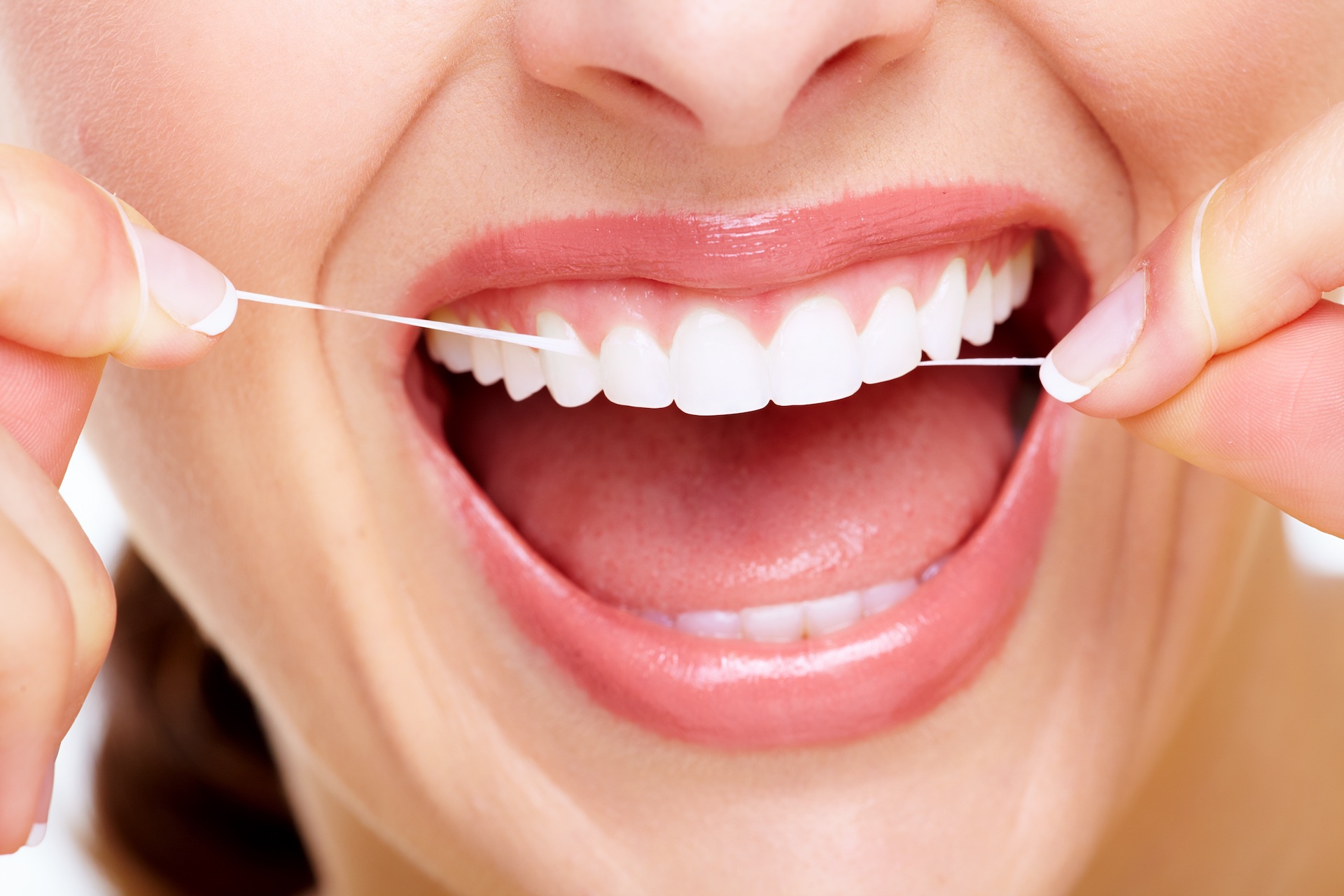Periodontal Treatment or Gum care is a branch of dentistry that involves diagnosis of gum diseases and treatment in both non-surgical and periodontal plastic surgery procedures. Plaque is the primary cause of gum disease. However, other factors can contribute to periodontal disease. These include: Hormonal changes such as those occurring during pregnancy, illnesses, poor oral hygiene, medications, bad habits and genetics.
The symptoms of gum disease include:
- Gums that bleed during and after tooth brushing
- Red, swollen, or tender gums
- Persistent bad breath or bad taste in the mouth
- Receding gums
- Formation of deep pockets between teeth and gums
- Loose or shifting teeth
- Changes in the way teeth fit together upon biting down, or in the fit of partial dentures.
Treatments range from nonsurgical therapies that control bacterial growth to surgery to restore supportive tissues.

Oral Prophylaxis
Scaling and Polishing or regular teeth cleaning by a professional is the first line of defense in combating periodontal disease. It’s a 30 minute procedure that takes away plaque, calcular deposits and teeth stains, leaving your breath fresh, your teeth clean, and gums pink and healthy.
Surgical/Non-Surgical Periodontal Treatment
Your bone and gum tissue should fit snugly around your teeth like a turtleneck around your neck. When you have periodontal disease, this supporting tissue and bone is destroyed, forming “pockets” around the teeth.
Over time, these pockets become deeper, providing a larger space for bacteria to live. As bacteria develop around the teeth, they can accumulate and advance under the gum tissue. These deep pockets collect even more bacteria, resulting in further bone and tissue loss. Eventually, if too much bone is lost, the teeth will need to be extracted.
A periodontal pocket reduction procedure has been recommended because you have pockets that are too deep to clean with daily at-home oral hygiene and a professional care routine.
During this procedure, the periodontist folds back the gum tissue and removes the disease-causing bacteria before securing the tissue into place. In some cases, irregular surfaces of the damaged bone are smoothed to limit areas where disease-causing bacteria can hide. This allows the gum tissue to better reattach to healthy bone.
Esthetic Gum Contouring/Crown Lengthening
Esthetic crown lengthening is the periodontal plastic surgical procedure of which the facial gingival tissue is either removed or repositioned more apically so that we can eliminate or reduce the appearance of the gummy smile. With careful diagnosis and treatment planning, we can achieve a very esthetic, proportional smile in any individual. Treatment technique is varied from the method of which the tissue is removed, i.e., laser, regular blade, electro-surgical unit, or in many case we just reposition the tissue more apically.
More often we remove or recontour the bone crest to ensure the biological width is NOT violated and thus the gingival crest will stay where it is placed as long as no other pathological process occurred. Patient will only have to maintain good oral hygiene with periodic cleaning every six months. The procedure is rather simple to execute but complex in diagnosis.
Gum Grafting
Gum recession is the process in which the tissue that surrounds the teeth pulls away from a tooth, exposing more of the tooth or tooth’s root. A gum graft may be necessary to protect your teeth from the damaging effects of gum recession, or you may choose to have one to improve the appearance of your smile. A donor tissue is usually taken from the patient’s palate. Downtime is around 2 weeks from the time of surgery.
